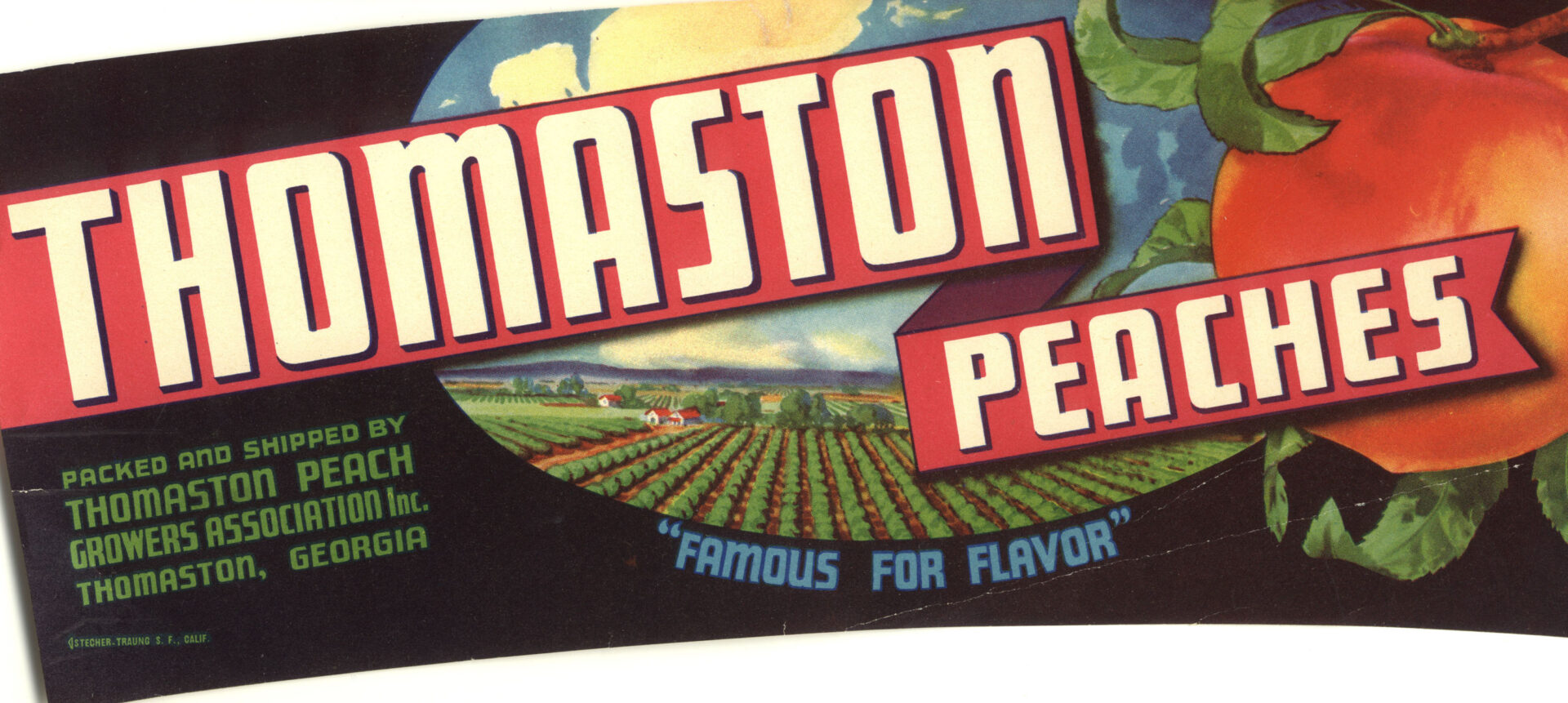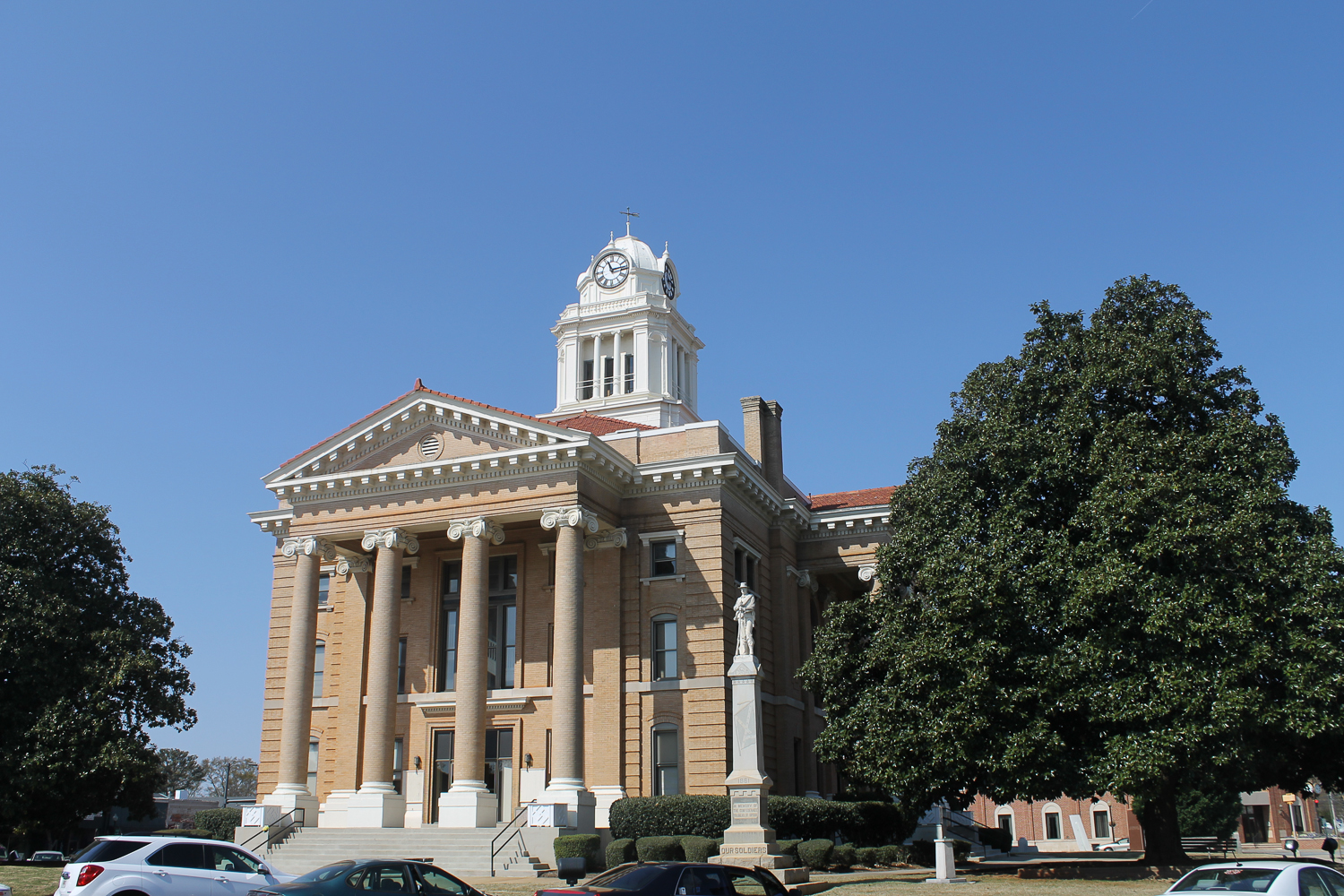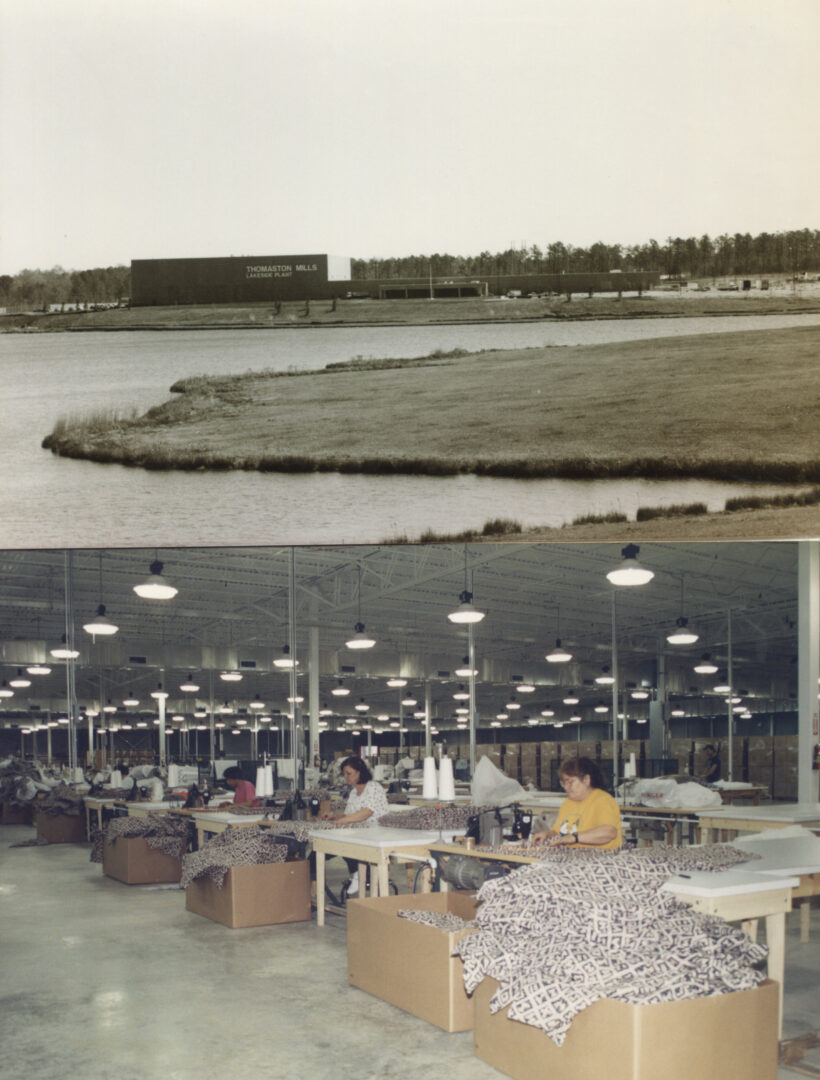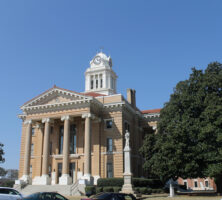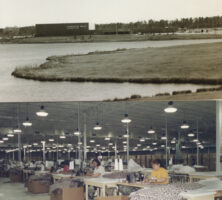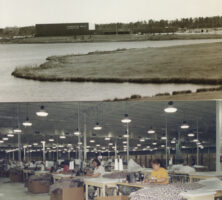Selected for the 1986 edition of “The 100 Best Small Towns in America” and again in 1995, Thomaston offers slow-paced southern charm and hospitality. Located in west central Georgia, it is approximately sixty-five miles south of Atlanta, forty-five miles west of Macon, and sixty miles northeast of Columbus.
With a population of 9,816, according to the 2020 U.S. census, this Georgia Main Street city and former mill town features an early-twentieth-century courthouse square and historic businesses and homes.
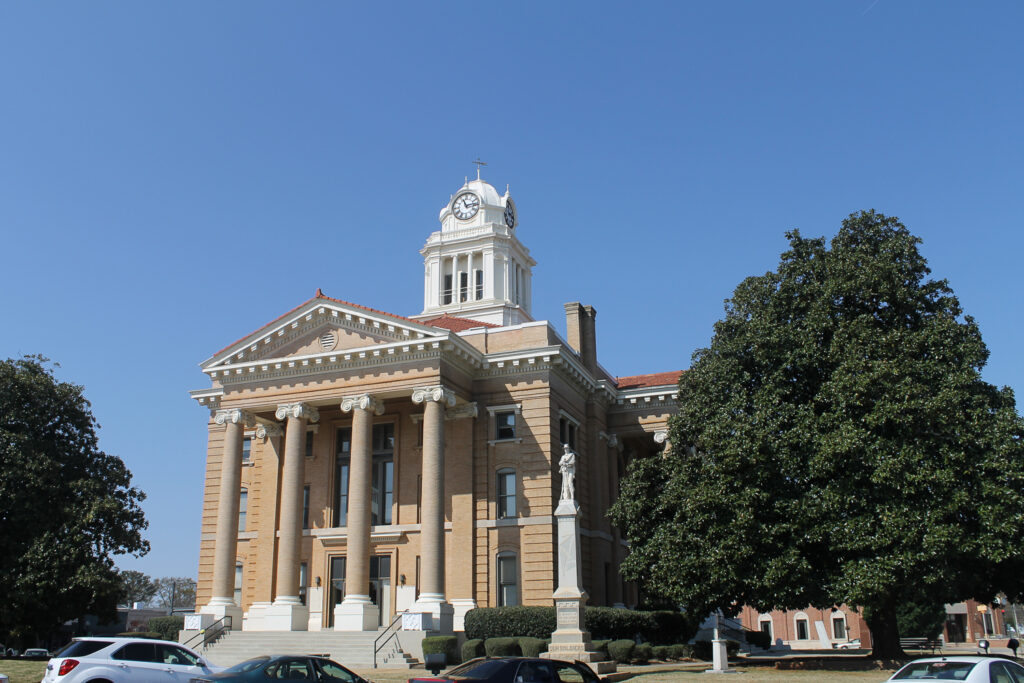
Thomaston was incorporated on June 11, 1825, and designated as the seat of Upson County. The town was named for General Jett Thomas, an Indian fighter in the War of 1812 (1812-15). He is also credited with assisting in the construction of the state capitol at Milledgeville in 1805-7 and Franklin College on the campus of the University of Georgia in 1806.
The town was laid out with parallel streets running north and south, east and west, with the courthouse square in the center of town. The judges of the inferior court had the authority to sell lots to individuals on a one-third cash basis with two years to complete the payment. This money was used to build the first courthouse, which was completed in 1828. The second courthouse was completed in 1852, and the present courthouse was erected in 1908. In the southeast corner of the square is a cannonball mounted on a marble base, said to be the first fired at Fort Sumter, off the coast of Charleston, South Carolina. P. W. Alexander, a noted correspondent during the Civil War (1861-65) and a citizen of Upson County, retrieved it.
A few miles north of the square is one of the oldest houses in Thomaston, the Pettigrew-White-Stamps House. Built by John E. Pettigrew in 1833, it currently serves as the Upson Historical Society Museum. The African American Museum is housed in a late 1920s three-room shotgun-style house.
The Civil War erupted on Thomaston’s soil on April 18, 1865, nine days after Confederate general Robert E. Lee’s surrender at Appomattox, Virginia, when Union cavalry raiders moving from Columbus to Macon embarked on three days of devastation in Upson County. The raiders, led by Major General James Harrison Wilson, looted homes, destroyed three of Upson’s cotton mills, and set fire to a steam locomotive. In 1866 Thomaston’s African Americans held an emancipation celebration, which has continued every year since; celebrated in May, it is the country’s longest-running commemoration of freedom from slavery.
During the twentieth century Thomaston’s economy was primarily based on the manufacture of textiles and tire cord. Granted a charter in 1899, Thomaston Mills shipped textiles worldwide and served as a major source of economic stability and urban growth, along with B. F. Goodrich’s tire cord mill, Martha Mills. East Thomaston (established by Thomaston Mills) and Silvertown (for workers at Martha Mills, later WesTek) were typical of southern mill towns of the time. Thomaston’s mill-town era ended when its main employer, Thomaston Mills, declared bankruptcy in 2001.
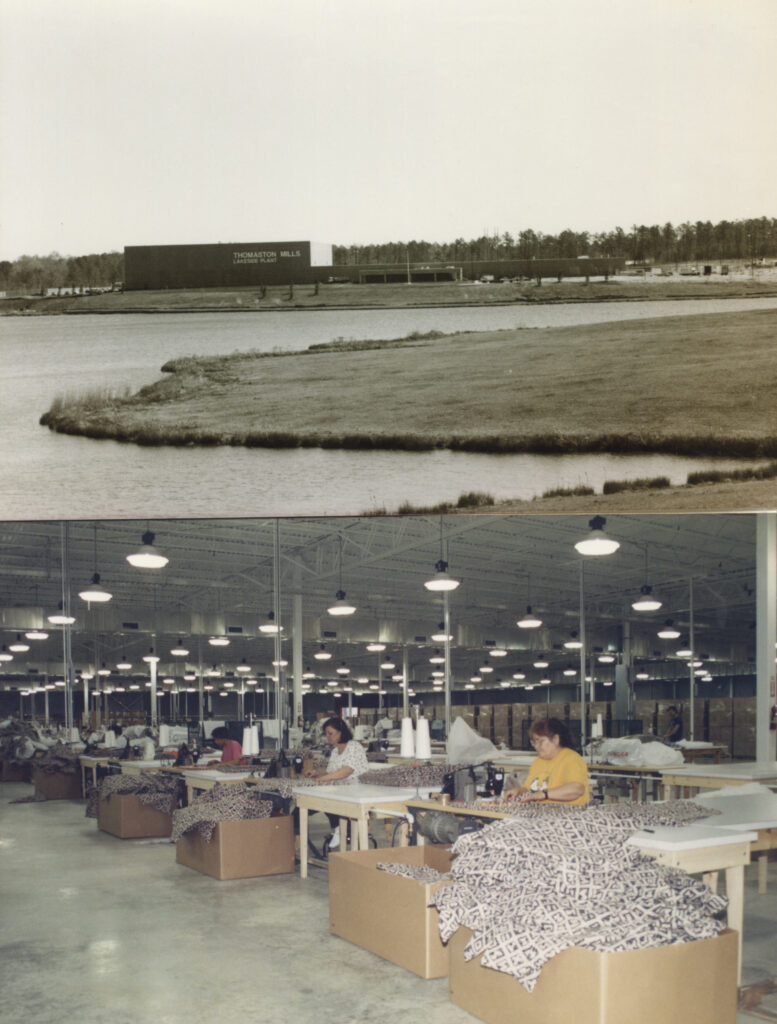
Even with the closing of Thomaston Mills, Thomaston’s population has remained stable. Many of the mill’s former employees enrolled in Thomaston’s Flint River Technical College (later Southern Crescent Technical College) to acquire skills that would enable them to find other employment. Among other industries that have opened in the area are Yamaha, which manufactures pianos and audio speakers; DUNI, which manufactures plastic containers; and Quad Graphics, which prints such magazines as People and Sports Illustrated. Thomaston is now home to a Wal-Mart Supercenter and a Home Depot store.





